 "Apple tree Zhigulevskaya" is a bright representative of the autumn variety. The apple tree was bred by Russian breeders, taking into account the Russian climate, common in the middle zone of the country.
"Apple tree Zhigulevskaya" is a bright representative of the autumn variety. The apple tree was bred by Russian breeders, taking into account the Russian climate, common in the middle zone of the country.
The main purpose of the apple tree is cultivation and cultivation in orchards, as well as industrial cultivation.
Content
Characterization and description of the variety
The tree quickly grows and after a few years after the start of cultivation reaches a height of 5-7 meters. The shape of the crown is spherical, the crown is not very thickened, there are few branches. Secondary shoot formation. The leaves formed on the branches have an intense green color, and the tip of the leaf is slightly pointed.
The fruits ripen towards the end of the fall season. Apple weight ranges from 100 to 200 grams, the shape of the fruit is round, regular. The appearance of the apple is quite attractive, so the Zhiguli apple tree is often grown for sale. The apple has a gentle sweet-sour flesh with an unexpressed, but pleasant aroma. The apple is colored yellow-green, may have a red filling. The hearths are characterized by high keeping quality after collection - they are able to be stored for up to 90 days.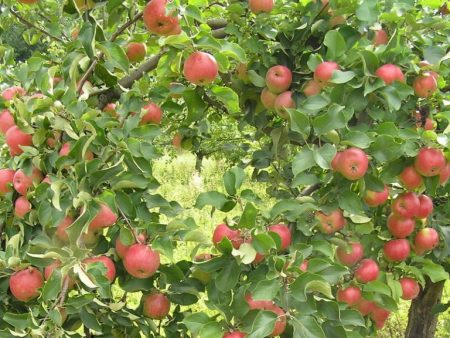
Apples are most often consumed fresh. Due to the universal taste, they can be used as a filling in baking, for making jam, jam, jam. Zhiguli apples produce delicious home-made wine and liquors.
Zhigulevsky variety is considered to be moderately vulnerable to frost. The apple tree can be grown in the central and western region, but is not suitable for planting in Siberia. Winter hardiness of a tree allows it to withstand up to minus 15-20 degrees of frost.
The apple tree begins to bear fruit in the sixth year of cultivation. Productivity is high. Even in the initial stage, it reaches 50-70 kilograms of apples from a tree. In the future, productivity grows several times.
In addition to high productivity, the variety is notable for the presence of good immunity. The apple variety “Zhigulevskaya” is rarely infected with its favorite types of rot, in particular scabs, and does not become an object for insect attack. To protect the tree, every spring in the spring, they treat the leaves and trunk with disinfecting drugs and insect repellent additives.
Zhigulevskaya is known for its features that characterize the variety on the positive side:
- high productivity;
- beautiful external waters of apples;
- universal taste;
- suitability for industrial cultivation;
- immunity to scab and other viral diseases.
However, the apple tree has several drawbacks:
Cultivation and care
Seedlings are planted no later than April. It is allowed to plant a tree in the fall, while its immune ability is significantly strengthened. The apple tree loves fertile and loamy soils. If there is a lot of clay in the soil, it is diluted with river sand. After sand, the soil becomes porous, and the water does not stagnate for a long time. Before planting, urea and humus are added to the ground. The depth of the landing pit is at the level of one meter. A seedling is placed in the pit and dug it with earth, from time to time shaking the top so that the earth falls asleep evenly.
After planting, the root neck of an apple tree should peek out from the ground for 3 centimeters. The seedling is shed and left to take root in a new place.
Pruning the Zhiguli apple tree is carried out immediately after planting. Cut the top of the tree and process the cut with garden var. Next year, you don’t need to prune the apple tree, you can only prune old and dry branches, as well as broken branches.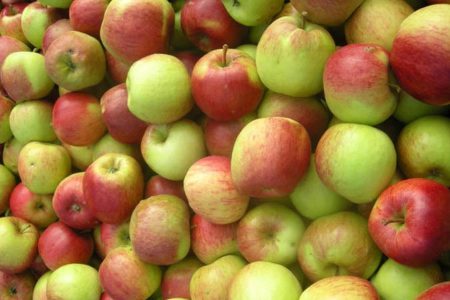
Topping up the apple tree is carried out starting from the fourth year of growing a tree. Fertilizers are applied a maximum of three times a season. Nitrogen additives, feeding with liquid mullein or chicken manure diluted with water have a good effect on wood. Increases fruiting by watering with nitrophos or sodium humate, fertilizers must be diluted in accordance with the instructions on the package, each fertilizer has its own dosage. Fertilizing fertilizers is not worth it; an excess of nutrients adversely affects both the quality of the fruit and the tree itself.
For a month, 3-4 irrigation with cool water is carried out. The soil should not dry out. Water the tree under the root in the morning or evening. In the long absence of rain, you can irrigate the leaves and trunk of an apple tree from a hose or shower head. During fruiting, watering is reduced so as not to spoil the taste of the fruit.
Harvesting and storage
When the "Zhigulevskaya" apple tree reaches its peak of maturity (in the fifteenth year of life), 200 kilograms of ripe apples can be removed from one tree. Harvest is ripening by the first decade of September, if the summer was hot, then the date is shifting to the end of August. Apples are picked when they are still green and a little immature. Full ripeness of the fruit is achieved 2-3 weeks after harvest. Apples hang firmly on branches and do not fall off on their own.
Fruit storage will be long with proper preparation. Peeled fruits are placed in one layer in wooden boxes or a ventilated box with holes. In this case, the fruits can be wrapped with paper or sprinkled with wood shavings. This method prevents moisture from entering the fetus. Then apples are stored at a temperature of plus 4-6 degrees for up to 3 months.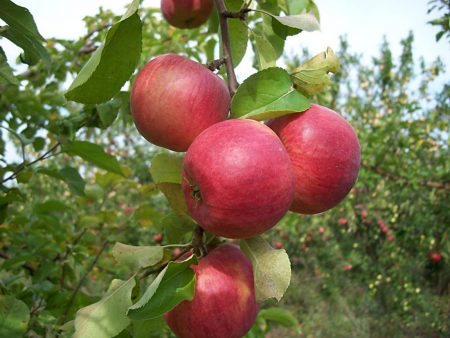
To prepare for winter, the soil near the near-trunk circle is mulched with humus, peat or straw. A layer of mulch should be at least 2-3 centimeters. This is quite enough for Zhigulevskaya to endure the winter.
Reviews
About Zhigulevskaya apple tree there are many positive responses. It is praised for its high yield, as well as for the universal taste of apples. They say that even if a few branches froze over the winter, the apple tree quickly recovers and does not get sick. For many gardeners, this variety has become a favorite. The fruits are stored for a long time, while maintaining the taste and aroma.
Compared with similar varieties of apples, Zhigulevskaya is distinguished for its unpretentiousness in cultivation in any land. The variety does not require a specific place for planting, grows on any site.

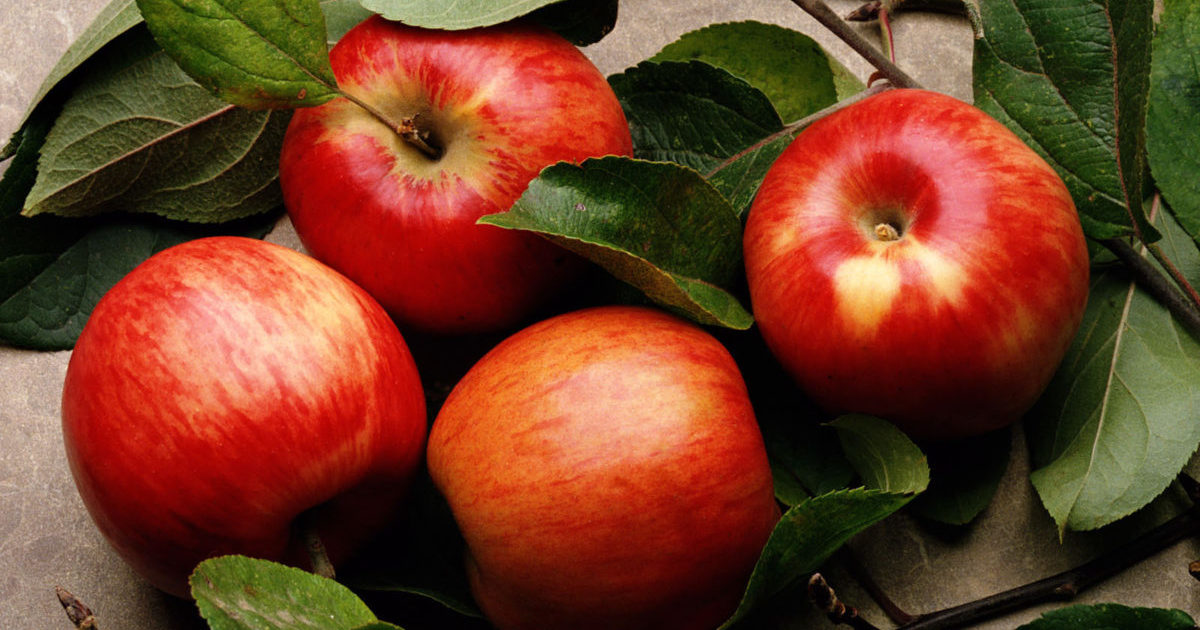
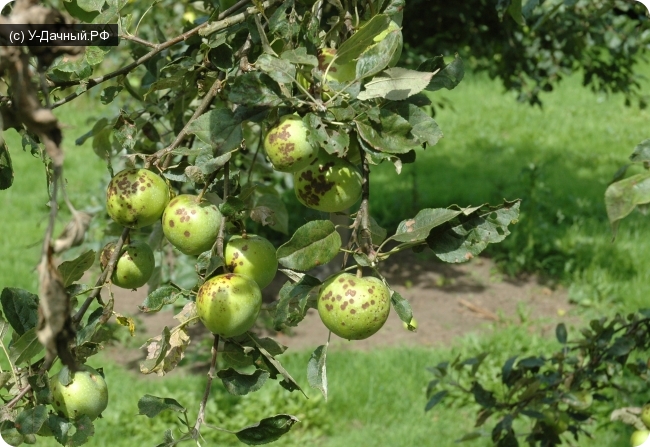
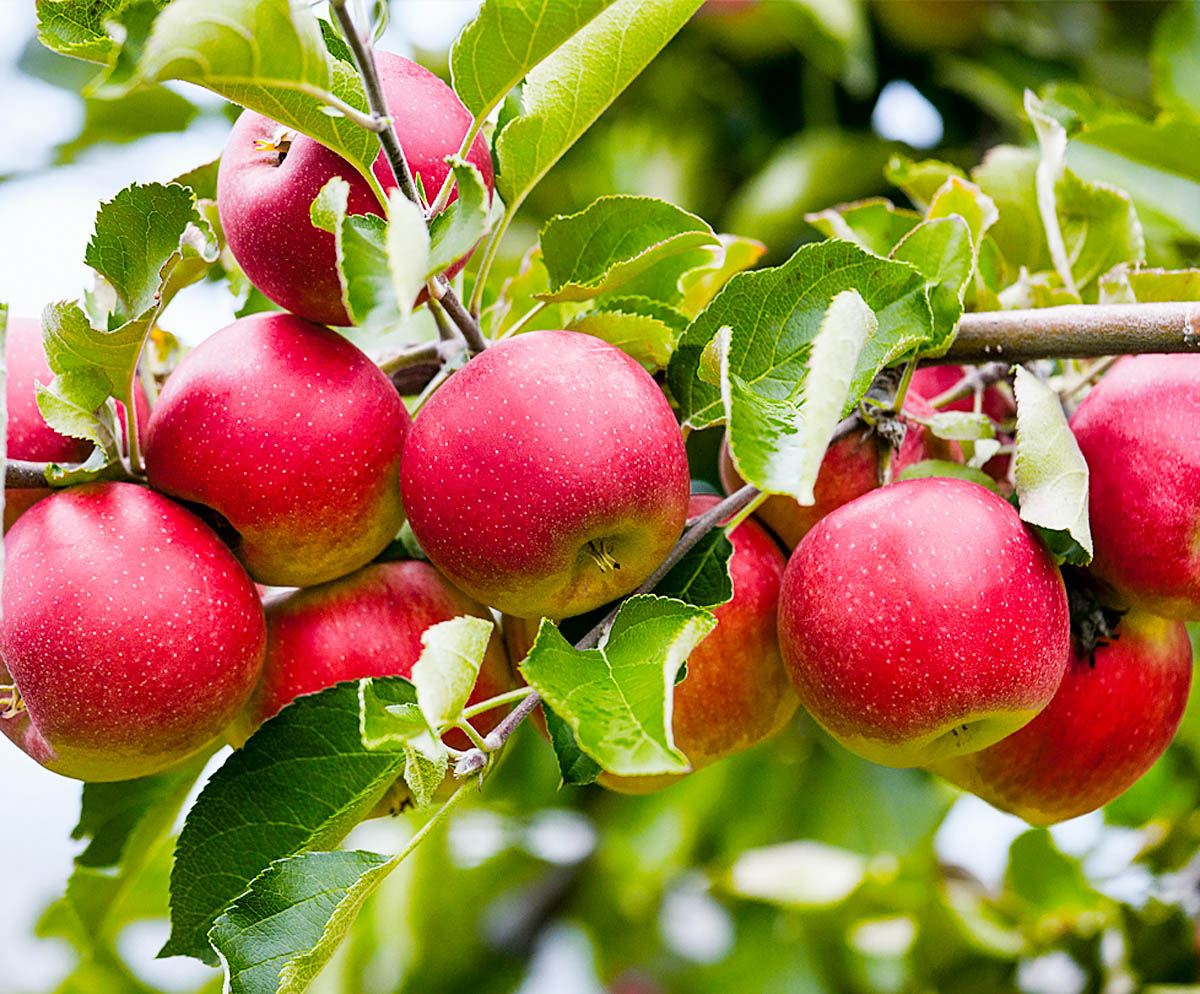
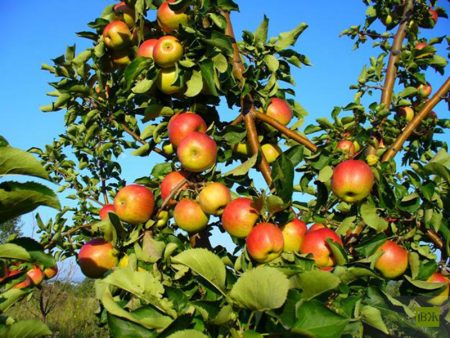
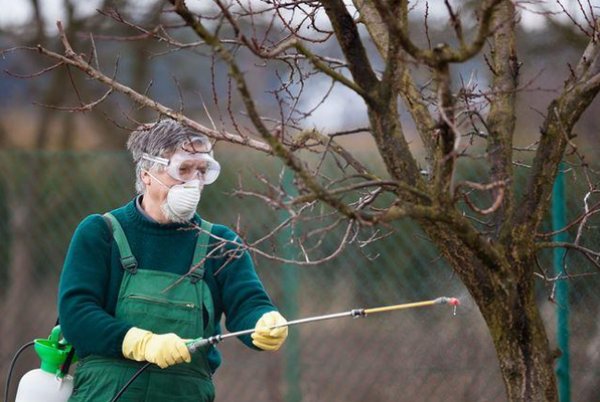 Autumn processing of apple trees from pests and diseases: how to spray, terms
Autumn processing of apple trees from pests and diseases: how to spray, terms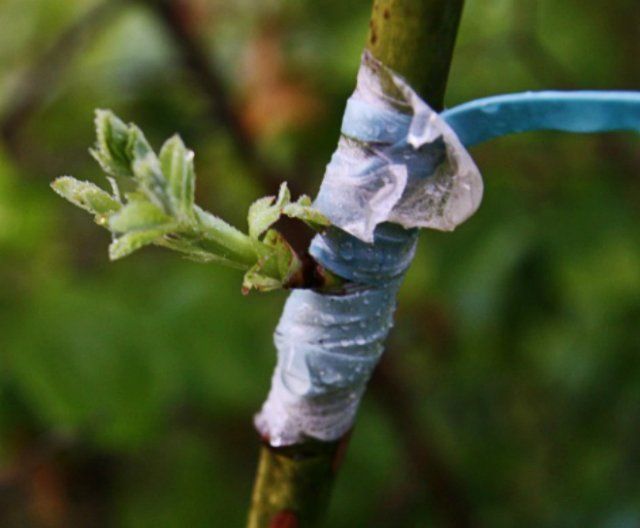 How to plant an apple tree in the fall
How to plant an apple tree in the fall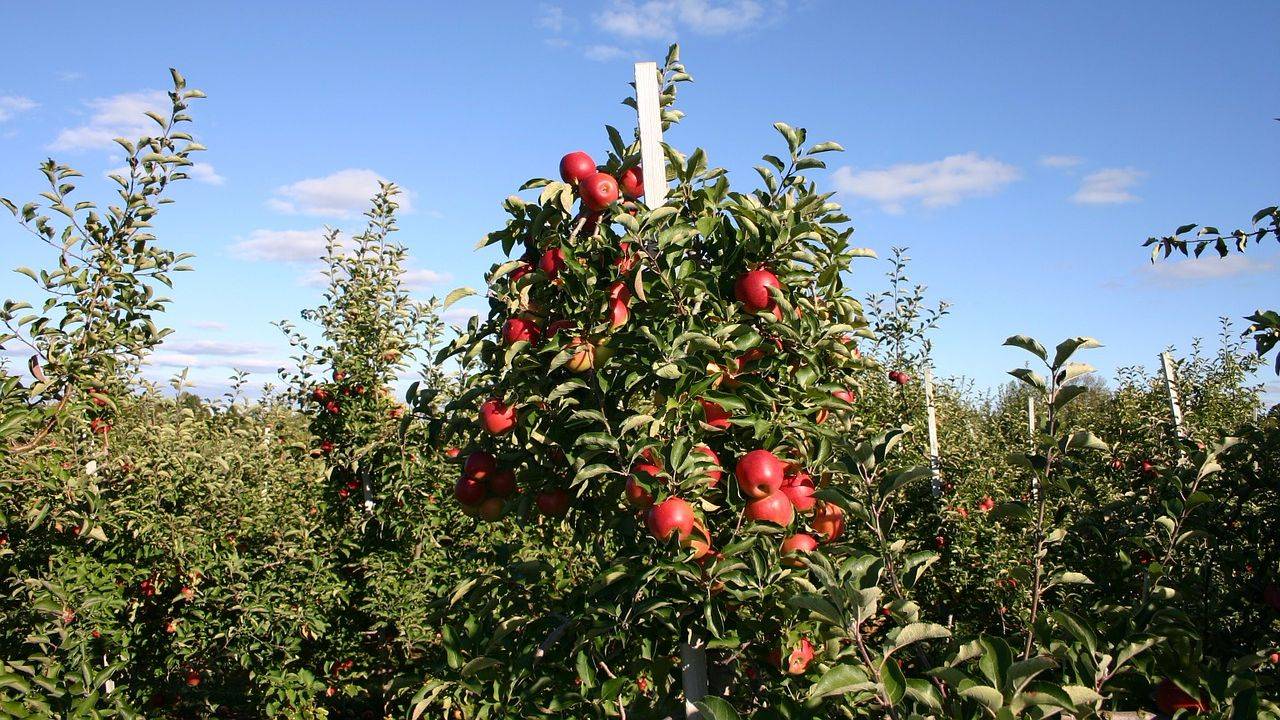 How to prune a columnar apple tree in autumn: features, timing, patterns
How to prune a columnar apple tree in autumn: features, timing, patterns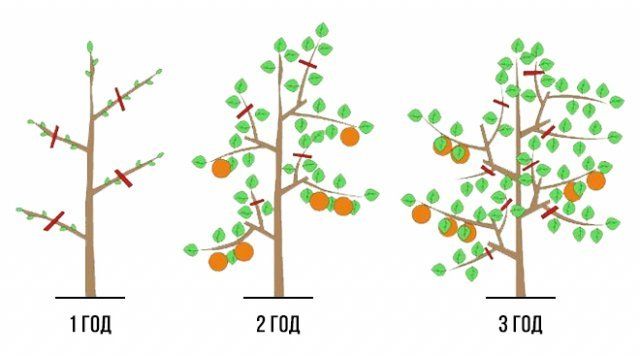 Autumn apple pruning scheme for beginners
Autumn apple pruning scheme for beginners